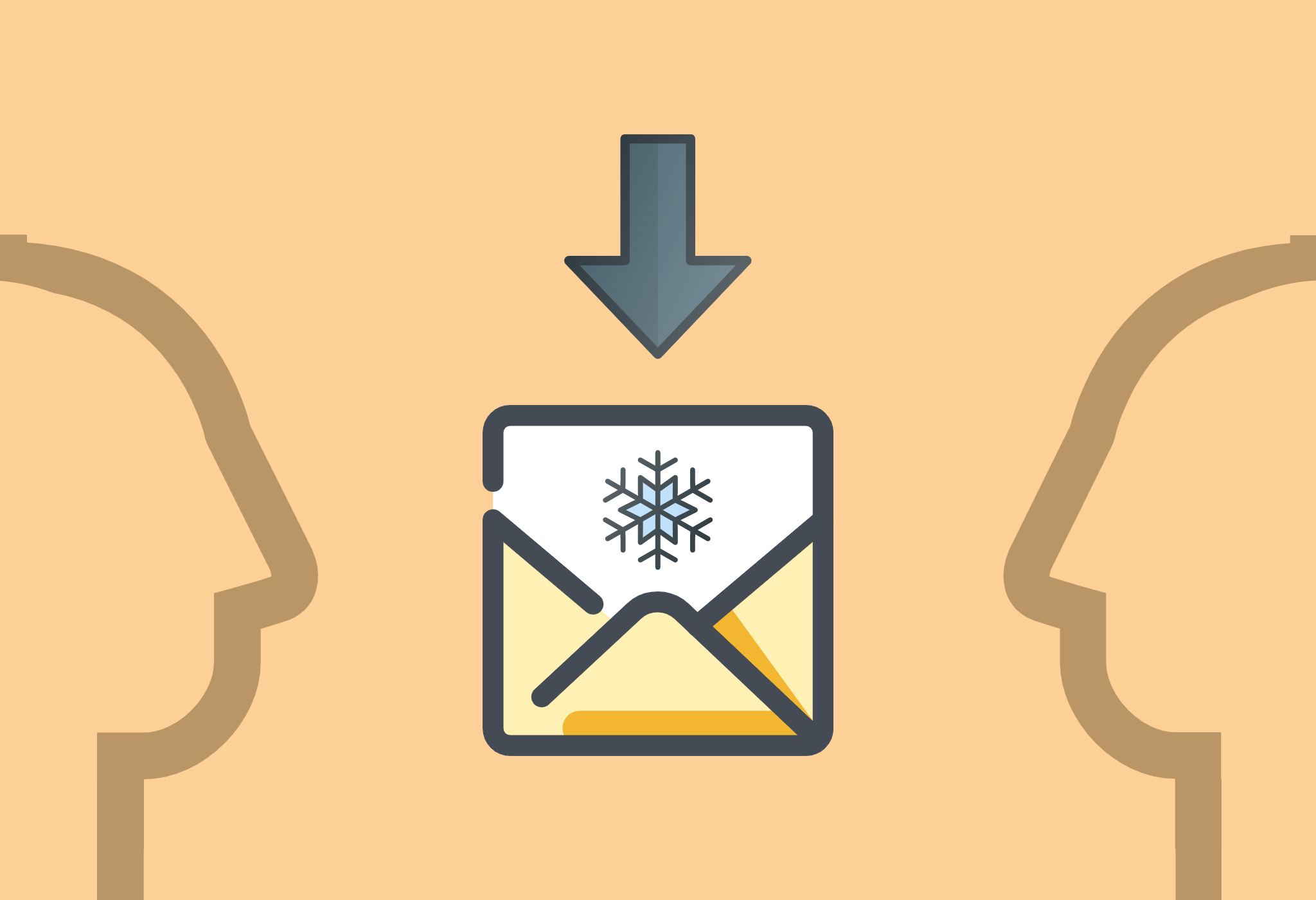As a business owner or marketer, getting new leads is crucial to the growth of your company. While there are many methods to attract leads, cold emailing is one of the most effective ways to reach out to potential customers. However, with the increasing number of spam emails, it can be challenging to get the desired response from your cold email campaigns. In this article, we'll discuss some good cold emailing tactics to help you get new leads and convert them into paying customers.
1. Personalization is Key
The first and most important tactic in cold emailing is personalization. Personalized emails have a higher open and response rate than generic emails. To personalize your emails, start by addressing the recipient by their name. This may seem obvious, but many cold emails begin with a generic salutation like "Dear Sir/Madam." Using the recipient's name shows that you've done your research and are genuinely interested in connecting with them.
In addition to using the recipient's name, you can also personalize your email by mentioning something specific about their business or industry. For example, you could reference a recent news article or blog post they've written. This shows that you've taken the time to research their company and are not just sending a generic email to every company on your list.
2. Keep it Short and Sweet
When it comes to cold emailing, less is often more. Your email should be short and to the point, focusing on the benefits of your product or service. Avoid long-winded introductions or irrelevant information that could cause the recipient to lose interest.
Ideally, your email should be no longer than a few paragraphs. Use bullet points or numbered lists to break up the text and make it easier to read. Keep in mind that the goal of your email is to pique the recipient's interest, not to sell them on your product or service right away.
3. Use a Compelling Subject Line
Your email subject line is the first thing the recipient sees, so it's essential to make it compelling. A good subject line should be short, attention-grabbing, and relevant to the recipient. Avoid using generic subject lines like "Hello" or "Introduction" as they are likely to be ignored.
Instead, use a subject line that clearly communicates the purpose of your email. For example, if you're offering a new service, your subject line could be "Introducing [Service Name]: [Benefit]". This tells the recipient exactly what your email is about and why they should be interested.
4. Offer Value
To increase the chances of getting a response to your cold email, you need to offer value to the recipient. This could be in the form of a free trial, a discount, or valuable information related to their business. Your email should focus on how your product or service can solve a problem or improve their business in some way.
When offering value, be specific about what you're offering and how it will benefit the recipient. This shows that you understand their needs and have a solution that can help them achieve their goals.
5. Follow Up
Following up is crucial when it comes to cold emailing. Many recipients may not respond to your initial email, but that doesn't mean they're not interested. It's possible that they were too busy or missed your email altogether. By following up, you give yourself another chance to get their attention and convert them into a lead.
When following up, be polite and respectful. You can mention that you're following up on your previous email and ask if they've had a chance to consider your offer. Avoid being pushy or aggressive, as this can turn off the recipient and harm your chances of getting a response.
6. Test and Refine
Finally, it's essential to test and refine your cold emailing tactics to determine what works best for your business. You can experiment with different subject lines, email templates, and follow-up messages to see what generates the most responses. Keep track of your results and make adjustments as needed to improve your email campaigns over time.
Conclusion
Cold emailing can be an effective way to generate new leads and grow your business. By personalizing your emails, keeping them short and sweet, using a compelling subject line, offering value, following up, and testing and refining your tactics, you can increase your chances of success. Remember to be patient and persistent, as building relationships with potential customers takes time and effort. With the right approach, cold emailing can be a powerful tool for attracting new leads and converting them into paying customers.

